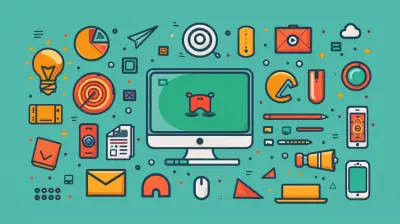How Learning Styles Influence Problem-Solving Skills
19 June 2025
Have you ever wondered why some people tackle problems effortlessly while others struggle? The way we learn plays a massive role in how we approach challenges, process information, and ultimately solve problems. Learning styles shape our cognitive abilities, influencing how we break down complex situations and find solutions.
But how exactly does this work? And can understanding our learning style improve our problem-solving skills? Let’s dive in and uncover the connection!
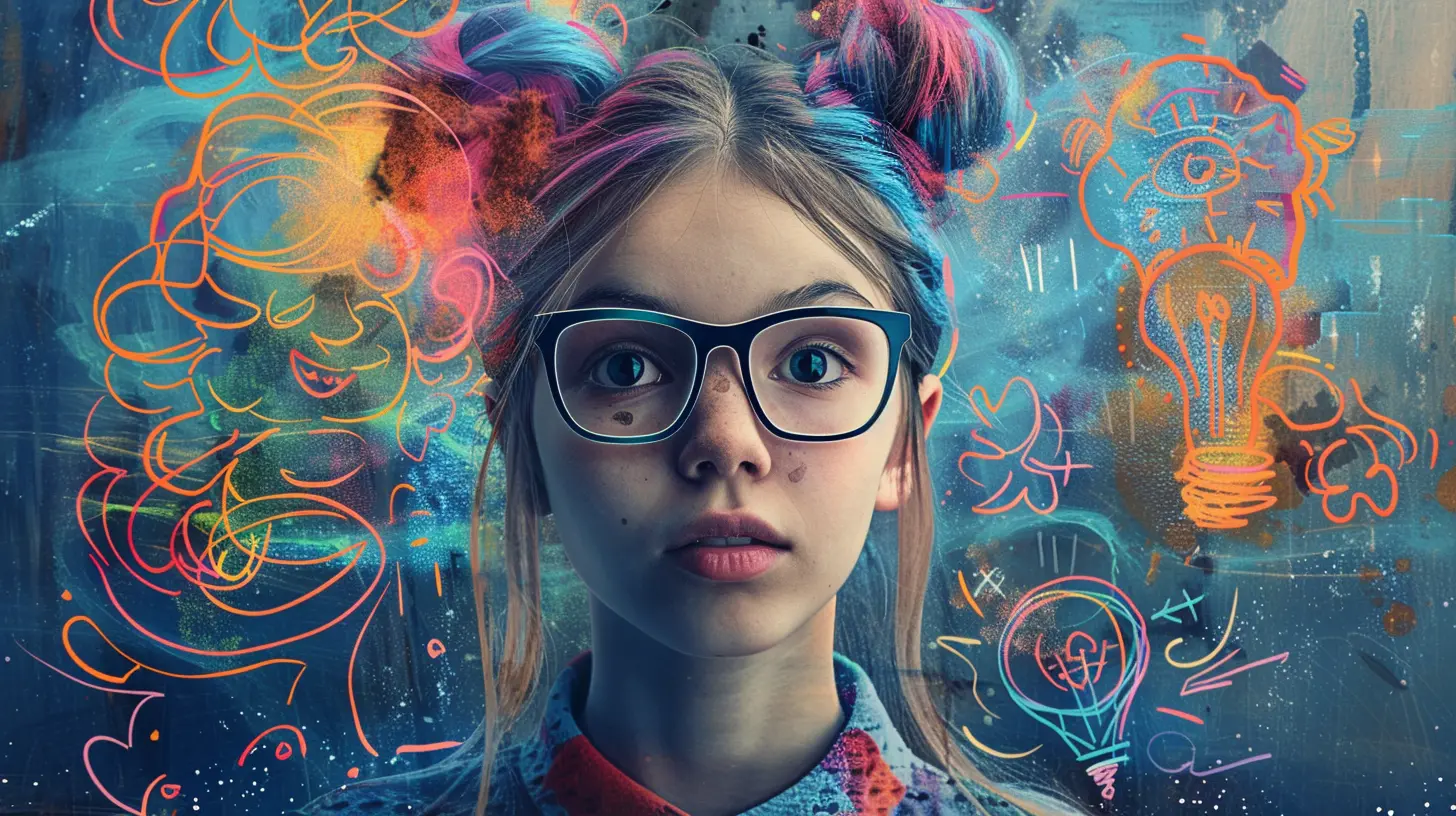
What Are Learning Styles?
Before we get into problem-solving, let's first define learning styles. Everyone absorbs information differently, and learning styles categorize these preferences. While various models exist, the most widely accepted one divides learners into four main categories:- Visual learners – Prefer images, charts, and diagrams.
- Auditory learners – Learn best through listening and discussions.
- Reading/Writing learners – Absorb information through written words.
- Kinesthetic learners – Learn best by doing, touching, and experiencing.
Each of these learning styles affects how people process information and approach challenges. So, how exactly do they influence problem-solving? Let’s break it down.
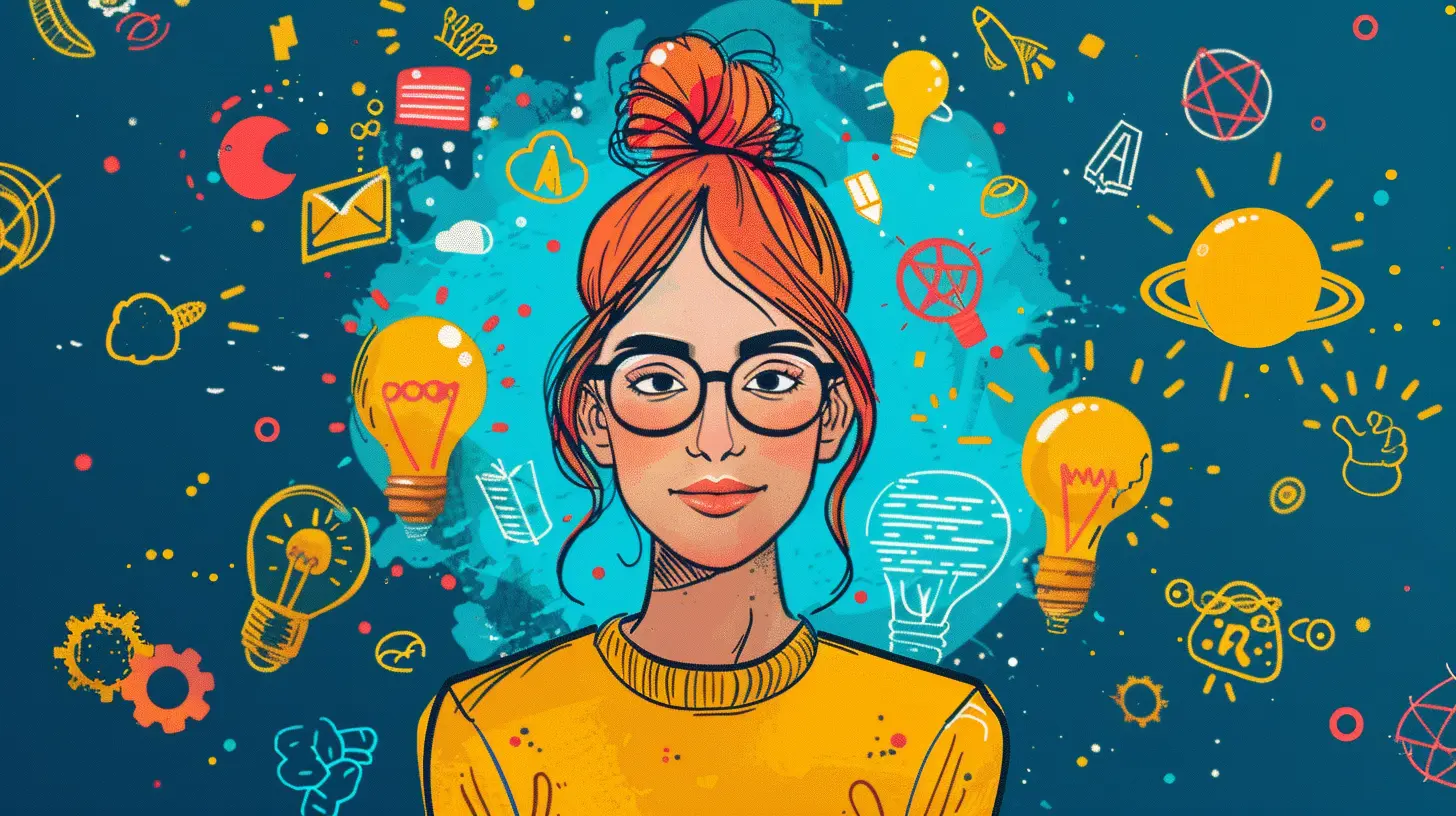
How Different Learning Styles Approach Problem-Solving
Problem-solving is all about breaking down a challenge, analyzing solutions, and executing the best one. But because we all learn differently, our approach to problem-solving varies based on our learning style.1. Visual Learners: Picture the Solution
Visual learners love anything that helps them "see" the problem. They rely on graphs, charts, and imagery to make sense of a situation.How They Solve Problems:
- They sketch diagrams or mind maps to break down complex issues.- They visualize scenarios in their minds before making decisions.
- They prefer structured and organized solutions.
Strengths in Problem-Solving:
- They easily identify patterns and relationships.- They can simplify abstract concepts with diagrams.
- They excel in environments where visuals aid analysis (architecture, design, and engineering fields).
Challenges & How to Improve:
- They may struggle with verbal instructions.- They can sometimes overanalyze without taking action.
- To improve, they can practice verbalizing their thoughts and using hands-on experiences.
2. Auditory Learners: Talk It Out
Ever catch yourself thinking out loud? If so, you might be an auditory learner! These learners absorb information best when it’s spoken or discussed.How They Solve Problems:
- They prefer discussing ideas and brainstorming with others.- They use repetition or storytelling to remember concepts.
- They excel when solutions are explained step by step.
Strengths in Problem-Solving:
- Strong communication skills help them explain and refine ideas.- They can analyze tones and emotions, which helps when working with people-related problems.
- They excel in professions involving debate, negotiation, or teaching.
Challenges & How to Improve:
- May struggle with silent or independent problem-solving.- Can overlook written details if not reinforced through discussion.
- To improve, they can take notes while talking or record their thoughts for review.
3. Reading/Writing Learners: Words Matter
Some people grasp concepts best when they read and write about them. They thrive on books, lists, and detailed explanations.How They Solve Problems:
- They break down issues using written lists and notes.- They research and read extensively before making decisions.
- They write down potential solutions to clarify their thoughts.
Strengths in Problem-Solving:
- Strong analytical skills allow for deep thinking.- They excel in structured problem-solving methods.
- They perform well in academic settings where research is essential.
Challenges & How to Improve:
- May struggle with hands-on learning or spontaneous decision-making.- Can overanalyze without taking immediate action.
- To improve, they should integrate visual and experiential learning techniques.
4. Kinesthetic Learners: Learn by Doing
Do you learn best when you physically engage with a task? Kinesthetic learners need movement and experience to grasp concepts fully.How They Solve Problems:
- They take a hands-on approach, experimenting with different solutions.- They use trial and error instead of theoretical analysis.
- They prefer real-world applications over abstract ideas.
Strengths in Problem-Solving:
- Quick adaptability through action and experimentation.- Strong intuition and real-world problem-solving skills.
- Excel in fields like medicine, mechanics, and sports, where hands-on learning is crucial.
Challenges & How to Improve:
- May struggle with theoretical or long reading assignments.- Can get impatient with slow or detailed planning.
- To improve, they can use role-playing exercises or visualization techniques to enhance their understanding.
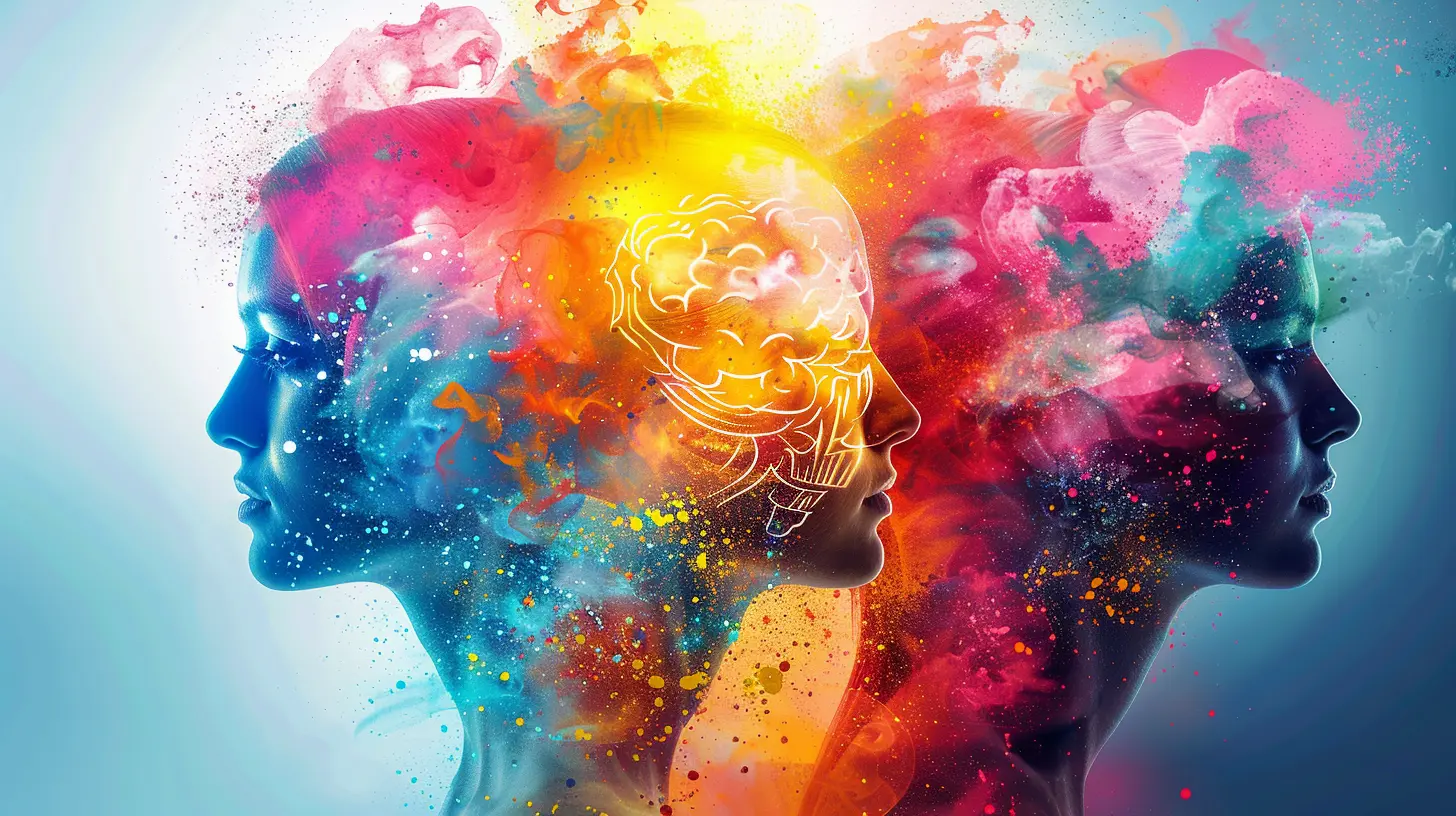
Applying Learning Styles to Improve Problem-Solving
Understanding your learning style can be a game-changer in problem-solving. But how can you actively apply this knowledge? Here are some practical tips:1. Use Multi-Sensory Learning Techniques
Sometimes, blending learning styles is the best approach. For example:- Visual learners can add colors or sketches to notes.
- Auditory learners can record themselves discussing solutions.
- Reading/Writing learners can summarize information using flowcharts.
- Kinesthetic learners can use real-world simulations to enhance understanding.
2. Adapt Problem-Solving Approaches
Choose methods tailored to your learning style:- If you're a visual learner, use diagrams or flowcharts.
- If you're auditory, discuss or teach the problem to someone else.
- If you're a reading/writing learner, outline solutions in a structured format.
- If you're kinesthetic, engage in hands-on experiments or role-playing.
3. Strengthen Weak Areas
While leaning into your natural strengths is great, working on weak areas enhances overall problem-solving abilities:- Visual learners can improve verbal reasoning skills.
- Auditory learners can strengthen written communication.
- Reading/Writing learners can develop hands-on experience.
- Kinesthetic learners can refine analytical thinking.
4. Collaborate with Others
Working with people of different learning styles offers diverse perspectives. A visual learner working with a kinesthetic learner might balance creativity with practicality, leading to more effective solutions.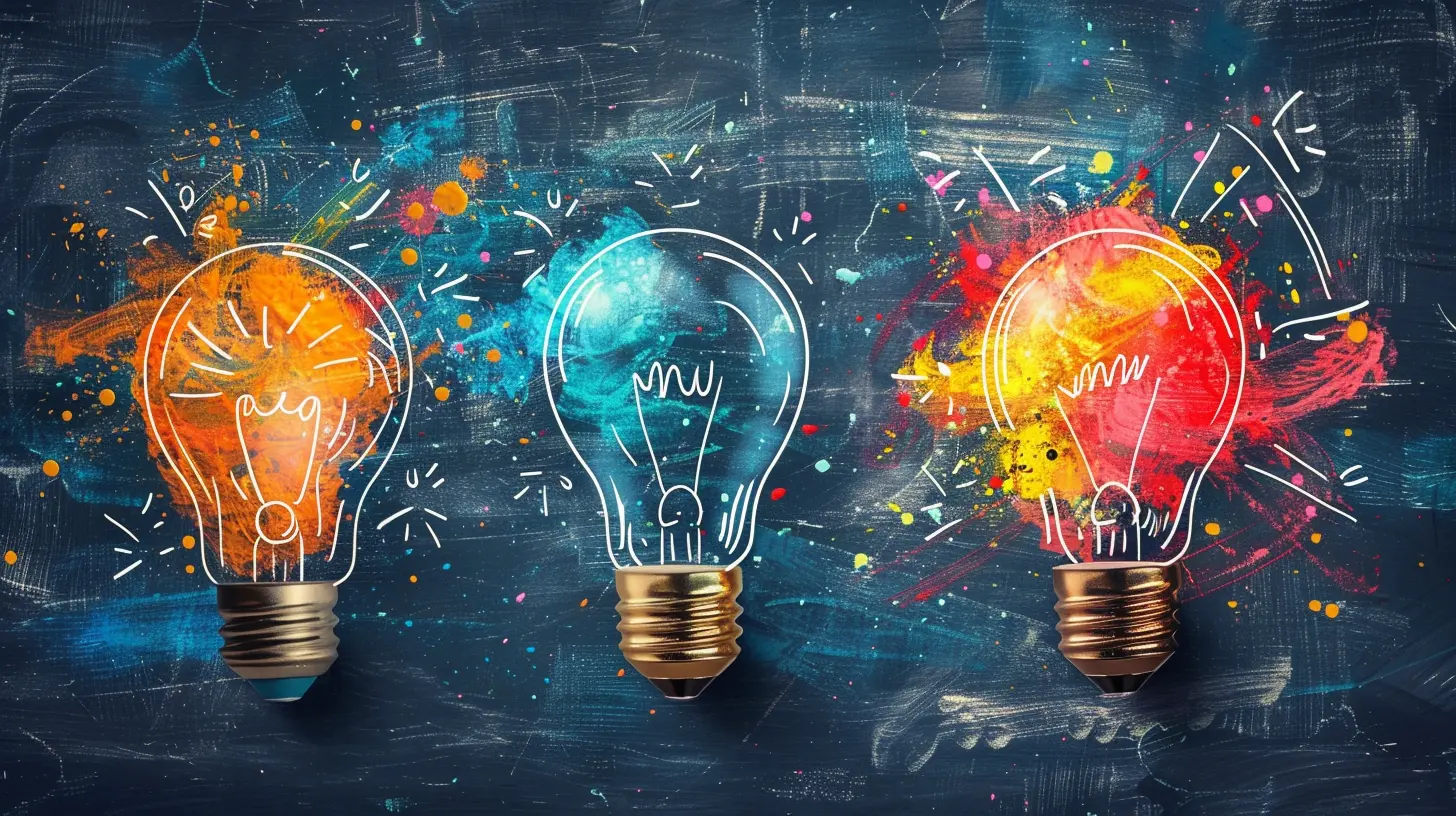
Conclusion
The way we learn significantly influences how we solve problems. Whether you absorb information visually, aurally, through reading/writing, or by doing, your learning style shapes how you break down challenges and find solutions.Recognizing and adapting to your learning style can improve problem-solving skills, making you a more effective thinker and decision-maker. So, next time you face a tricky problem, consider how you naturally process information—you might just find a smarter way to solve it!
all images in this post were generated using AI tools
Category:
Learning StylesAuthor:

Monica O`Neal
Discussion
rate this article
2 comments
Raegan Huffman
This article offers valuable insights into the role of learning styles in problem-solving, highlighting both benefits and limitations for diverse learners.
June 22, 2025 at 2:37 AM

Monica O`Neal
Thank you for your thoughtful comment! I'm glad you found the insights on learning styles and their impact on problem-solving valuable.
Cassian Cross
This article offers valuable insights into the connection between learning styles and problem-solving skills. Understanding these dynamics can greatly enhance educational strategies and foster more effective learning environments. Thank you for sharing!
June 19, 2025 at 4:10 AM

Monica O`Neal
Thank you for your thoughtful comment! I'm glad you found the insights valuable for enhancing educational strategies.


